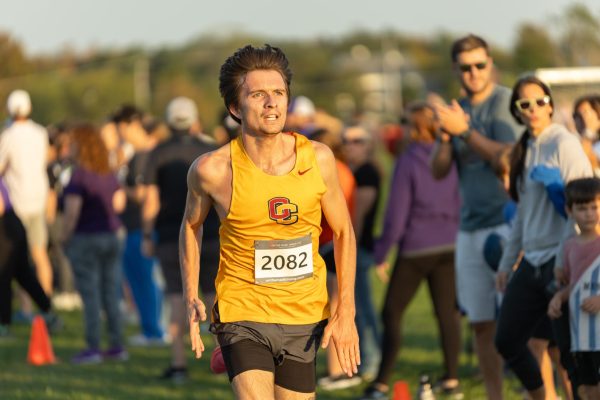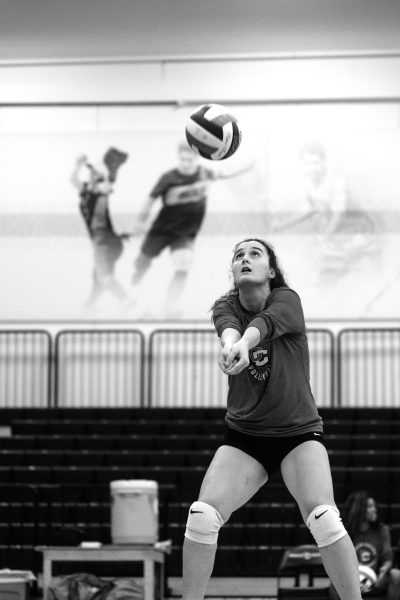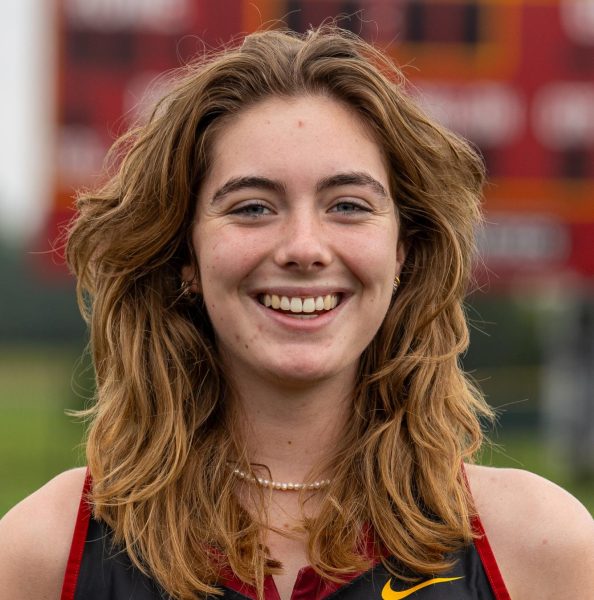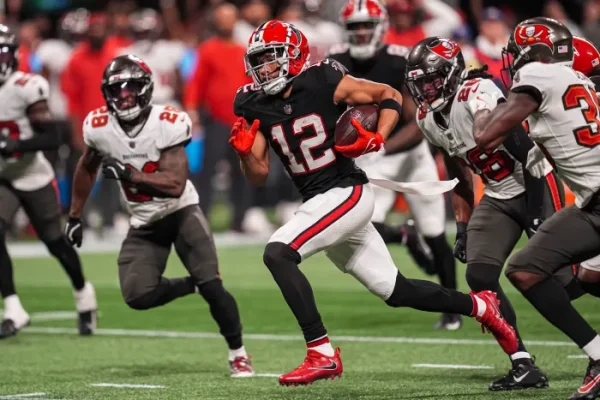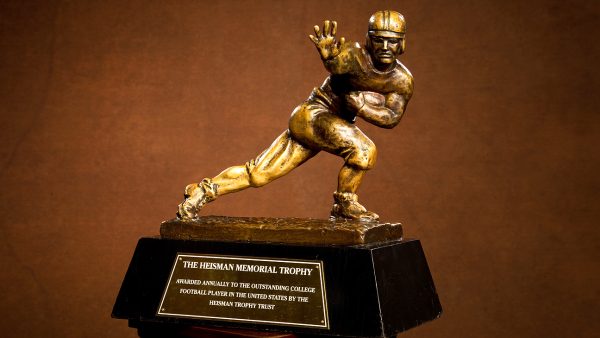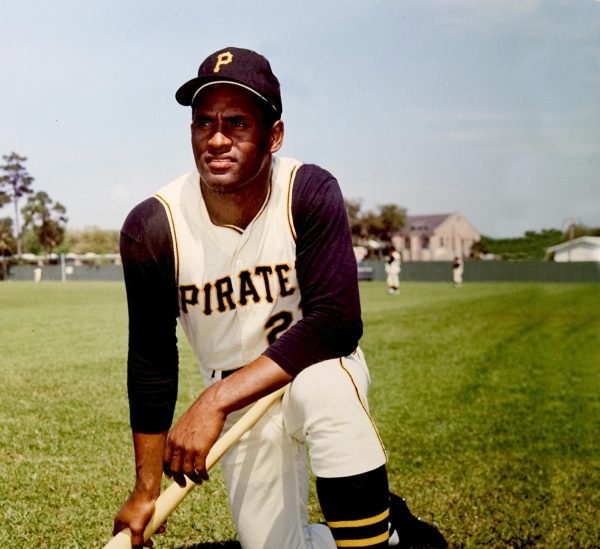My Experience as a Black Soccer Player at Oberlin
One of the first times I hung out with the soccer team outside of practice, we listened to music with the n-word in it. We were mostly silent when the word was sung, but a few still looked me in the eye and said it. There was clear tension in the moment, but it was most likely soon forgotten by my teammates. It clearly stuck with me, since I am writing about it in this article. It was awkward, and I was not sure how to react. In that moment, I decided the easiest solution would be to ignore it altogether. I had only known my teammates for a few days, and I did not think it was worth making a scene. As one of the only minorities on the team — and the only one in the room at the time — I was not sure where I could turn for support.
I recognize that being on a team requires pursuing a common goal. As a member of the team, I am prepared to rely on my teammates for support, but that is not always easy when no one on the team can relate. As a result, I’ve had to sacrifice my personal comfort in order to maintain a healthy relationship with my peers. Luckily, when preseason ended and more students arrived to campus, I was able to talk about these experiences with other POC. I found the best support from my roommate, who is also an African-American athlete. She had faced similar situations, and gave me a perspective outside of the soccer team.
The challenges that I faced on the team were extremely similar to experiences I’ve had in the past as a soccer player. As I grew older and began to play at a more competitive level, I noticed fewer and fewer minority players around me. The two major causes of the underrepresentation of minorities in higher levels of sports are cost and accessibility. Many minority athletes cannot afford to play on an expensive club team, and often the better teams will require long commutes, another significant cost. Thanks to scholarships and financial aid, I was able to play on the highest-ranked club soccer team in Maryland; I was, however, the only person of color on my team.
After introducing myself to the club team at our initial tryouts, I sat off to the side to clear my mind and prepare myself to compete. As I laced up my cleats, I could overhear a conversation between my white teammates that included an audible n-word. I am almost certain they knew I overheard them, but that clearly did not bother them. Using this word was part of their everyday vocabularies, and there was no motivation for them to change this dialogue simply because a Black person was nearby. Although I was a bit shaken at first, I ignored it and just focused on the tryout, eventually earning a spot on the team and defeating many setbacks to play competitively throughout high school, furthering my career in the sport I love.
During the process of applying to college, I had to rely heavily on information provided on admissions websites, as I could not afford to make the trip to most schools. For every school at which I considered playing, I visited the team’s webpage, which usually welcomed me with a photo of about 20 friendly, white female faces. However, the team photo I found on every homepage never discouraged me from considering a team, because diversity was not a practical consideration for my athletic career. Ideally, I would love to play among diverse athletes, but since so few collegiate soccer teams at any division are diverse, it’s an impractical wish.
I have played for many teams during the span of my soccer career; however, playing on a college team was a wildly new experience. As challenging as it was to play for my club team, it prepared me for success in college. In my first week at Oberlin, I earned the title of North Coast Athletic Conference Player of the Week. But playing on a college team posed new difficulties, such as practically living with my teammates during the season. Normally, I would’ve gone home after a practice or game and expressed my excitement or frustration with friends and family. In college, my teammates were my closest friends and support system and I could not always express these feelings to them.
Conversations surrounding body image frequently arose in the locker room, and one of the commonly discussed topics was tanning. On many occasions, my teammates compared their shades of tan and exchanged methods of getting tanner. I usually removed myself from those conversations because, frankly, I could not relate. Another subject I avoided with my teammates was my hair. My teammates are affectionate people, so it was normal for someone to casually twirl someone else’s hair. However, my hair was not just touched; instead, fingers inspected it down to my scalp, making my skin crawl every time. My hair was often an object of amusement, but I did not always speak up and ask them to stop. As progressive as Oberlin culture may be, “woke” students still do not understand why it is not the responsibility of minorities to constantly correct the actions and micro-aggressions of their peers. This process is especially difficult when it comes to calling out a teammate. We spend so much time together; added tension would only be detrimental to the team’s dynamic, right?
I joined this team aware that I would be one of its only non-white members, and I am used to fulfilling that role, but I was still not prepared to live as the only Black person. I’ve experienced my fair amount of struggles, but I have also spent some of my best moments of my soccer career with the Oberlin women’s soccer team. Although I feel like a valued member of the team, I also face isolation. But despite the uncomfortable moments, I’m holding on to the great ones, and I look forward to many more.



